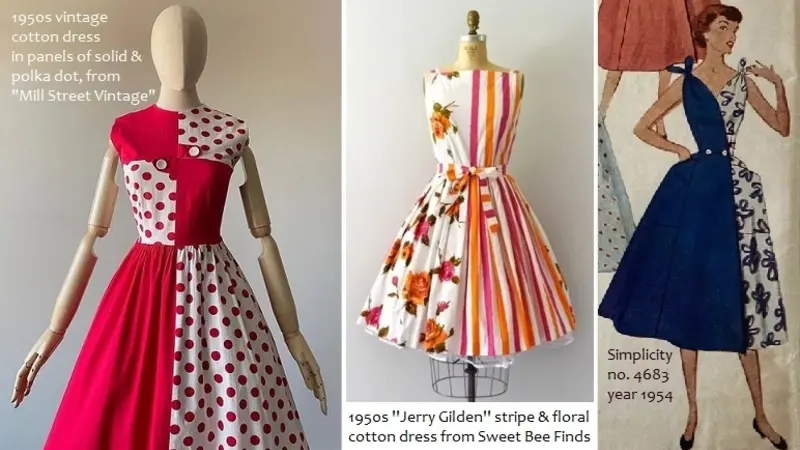Modern quilting has embraced freedom—freedom of design, color, texture, and especially fabric choice. One of the more adventurous approaches gaining traction among quilters is mixing fabric weights within a single quilt. From lightweight voile to heavier canvas or denim, combining various fabric weights can create striking visual interest and tactile contrast. But it also requires careful planning to maintain balance between drape and structure.
Understanding Fabric Weights
Fabric weight refers to how heavy or thick a material is, typically measured in GSM (grams per square meter) or ounces per yard. Lightweight fabrics like voile, lawn, and silk have a soft, flowing drape. Medium-weight fabrics, like standard quilting cotton, strike a balance between softness and stability. Heavier fabrics such as denim, linen, canvas, or wool add structure, texture, and durability but can be stiffer and more challenging to work with.
When blending these weights in a quilt, understanding how each fabric behaves is crucial. Lightweight fabrics offer fluid movement and softness, while heavier ones provide support and hold shape. Mixing them requires a thoughtful approach to avoid distortion or uneven wear over time.
The Art of Balance
Creating a quilt with mixed fabric weights is a balancing act, literally. Using only heavy fabrics can lead to a bulky, stiff quilt. Overloading with light fabrics, on the other hand, might result in a piece that lacks structure and longevity. The key is strategic placement.
Heavier fabrics work well for borders, anchor blocks, or as visual focal points. Lightweight fabrics are ideal for inner blocks, negative space, or appliqué work. To maintain balance, consider alternating heavy and light fabrics or surrounding lighter pieces with more stable quilting cottons to keep them in place.
Stabilizing and Supporting Fabric
One challenge in mixing fabric weights is managing distortion during piecing and quilting. Lightweight fabrics may stretch or pucker, especially when paired with heavier, more rigid materials. Stabilizers like fusible interfacing can help reinforce lighter fabrics without compromising drape. Pre-washing all fabrics, especially those of different weights, helps control shrinkage and ensures better consistency.
When it comes to batting and backing, choose materials that complement the overall weight of the quilt top. A lightweight batting may help maintain softness, while a sturdier backing can lend support to a more structured design.
Tools and Techniques
Success in mixing fabric weights often comes down to technique. Use a walking foot to help feed fabrics evenly through your machine, especially when quilting across weight transitions. Sharp rotary blades and fine needles are essential for clean cuts and smooth stitches. Pin carefully and often to prevent shifting; light fabrics are especially prone to movement.
Press seams gently and consider open seam pressing to reduce bulk when joining heavy and light fabrics. For hand quilting, test different thread weights to ensure even stitching through all layers.
Creative Freedom Meets Practicality
Mixing fabric weights opens new creative doors, offering fresh ways to play with depth, contrast, and texture. With a little preparation and the right techniques, quilters can produce dynamic, contemporary quilts that are as functional as they are beautiful. It’s a modern twist that celebrates innovation without losing the craft’s timeless charm.
